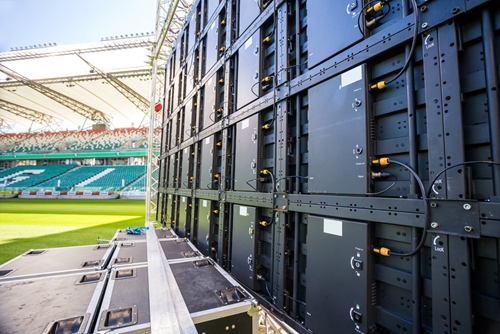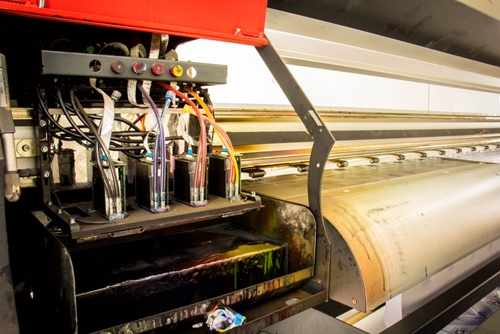

- Contributions by industrial experts with engineers in mind
- Focused on specialty-chemical material applications and selection
Knowledge Center
Thermally Conductive Adhesives in Power Supply Manufacturing

Thermally Conductive Adhesives for Power Supply Manufacturing
Thermally conductive adhesives in power supply manufacturing play an important part in adhering, potting and encapsulating power supplies and components while allowing necessary heat dissipation.
Power supplies have become commonplace in the modern era where electricity powers every facet of industrial and consumer life and high-powered computers are ubiquitous. Along with an exponential increase in power requirements has come a greater need for heat dissipation. With greater amounts of heat being generated and the increased sensitivity of delicate electronics, new methods for keeping power supplies and components cool have been created. Thermally conductive adhesives and resins play an important part in adhering, potting and encapsulating power supplies and components while allowing necessary heat dissipation.
What are thermally conductive adhesives?
Thermally conductive adhesives are usually epoxies, silicones or urethane adhesives that have been modified for increased thermal conductivity. Thermal conductivity is usually achieved by adding a thermally conductive "filler" to the adhesive resin. This can be a metal filler like aluminum, copper or silver, though silver increases electrical conductivity. If a thermally conductive but electrically insulative adhesive is needed, other fillers (like ceramics, aluminum oxide and boron or aluminum nitride,) can be used. Adhesives are also available which meet UL fire-retardation regulations, more commonly a requirement in consumer devices.
Silicones, epoxies and urethanes come in a variety of forms that can be dispensed with manual or automatic equipment. Silicone adhesives can be one-part or two-part, and feature a room temperature vulcanization (RTV) moisture cure. One-part formulations are usually not suitable for deep-section curing, but this can be achieved with two-part formulations. Both have a handling time of a few hours and cure fully in 24-72 hours. Heat-cure silicones are available that cure more quickly but require heat treatment. Epoxies can also be one- or two-part formulations.
"Thermal conductivity is usually achieved by adding a thermally conductive filler to the adhesive resin."
One-part formulations cure with exposure to heat, but two-part formulations are chemically curing and can be used in deep-section potting. Urethanes also follow a one-part heat-activated cure, two-part chemical cure formula.
How are thermally conductive adhesives used in power supply manufacturing?
In the power supply manufacture thermally conductive adhesives are used to pot, encapsulate and adhere components of power supplies. Because of the increasing use of plastic housings for power supplies, which is generally more insulative than metal, it is even more important for the potting compounds to be thermally conductive. Mechanical methods can also be used to dissipate heat from sensitive components, aluminum fins and graphite heat spreaders are common for this and conductive adhesives or pastes are often used to attach them. Aside from the type of filler used, silicone, epoxy and urethane each have their own unique properties that make them suited to particular environments and applications.
Types of Thermally Conductive Adhesives for Power Supply Manufacturing
Silicone Adhesives
Silicone is an excellent choice for assemblies in extreme temperatures, as they retain their properties in even between -45C and 200C. Silicone is also highly resistant to UV and ozone degradation, and offers some chemical resistance as well. It can be used in adhering power supply components, making repairs and sealing power supply circuit boards. A special form of silicone thermal management products are the thermal pads, often used for critical computing and military applications.
Epoxy Adhesives
Epoxy is the adhesive of choice for any application expected to experience chemical exposure. Epoxies feature excellent resistance to a wide array of chemicals, and offer very high dielectric insulation often needed for high-voltage applications like flyback transformers and coils.
Urethane Adhesives
Urethanes offer excellent moisture resistance and variable cured flexibility, allowing them to be used in assemblies that will experience physical shock. These compounds also stand up well to thermal shock. They are used often in exposed and telecommunications applications.
Determining which type of thermally conductive adhesive is the right fit for a particular application will depend on the heat dissipation required, environmental conditions, necessary dielectric insulation and desired cure profile.






